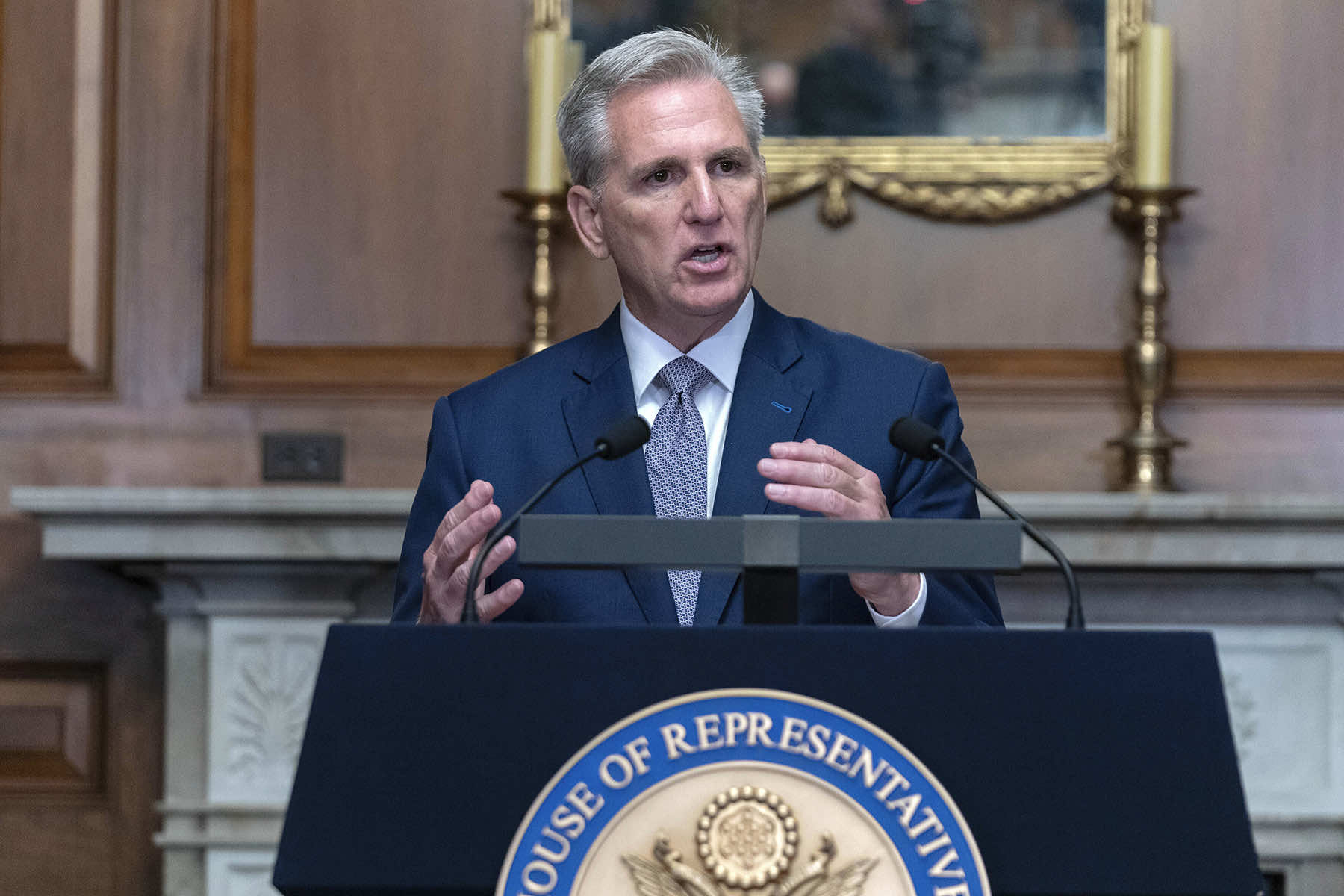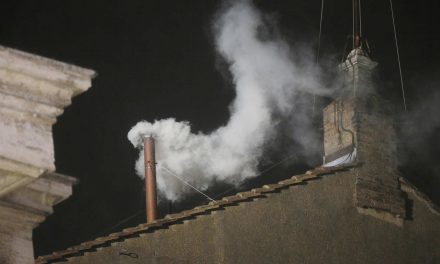
After Ohio Republicans bolstered their statehouse majority in 2022 due to their dominating showing in the midterm elections, they split into rival camps over who should lead the lower chamber.
The division between younger, more impatient conservatives and more traditional ones was only settled when Democrats crossed party lines to end a standoff over who would become speaker of the Ohio House.
Since then, despite their power over all levels of state government, Ohio Republicans have been convulsed by infighting as party leaders censured everyone who had voted for their new speaker, Republican Jason Stephens. Amid the divisions, the Legislature managed to pass only 10 bills this year.
“Childish would be my word,” said Republican state Representative Sara Carruthers of her colleagues who persist in opposing the speaker or refuse to attend caucus meetings. “We’re on the right path, doing the right things, wanting to get good legislation passed and he’s helping them do that. And then, bam, it blows up.”
From Columbus to Phoenix to the halls of Congress, the Republican Party has been stuck in a prolonged internal conflict, with power struggles and primary challenges becoming as much of a GOP staple as tax cuts and tough-on-crime rhetoric.
In Michigan, the chair of one county party told police he was “kicked in the crotch” by a rival during a party meeting. In Arizona, Democrats last year swept four statewide races after insurgent Republicans won their party’s nomination.
In Texas, the Republican attorney general, after successfully fighting off removal from office following his impeachment by the GOP-controlled state House, this week suggested he could request criminal charges against some in his own party for allegedly violating state privacy laws.
The party scuffling peaked last week when a small group of conservative U.S. House members banded with Democrats to depose Speaker Kevin McCarthy, leaving the post vacant just as war broke out in the Middle East.
The internal tussle over who will become House speaker — a position that is second in the constitutional line of succession to the presidency — exemplifies the perpetual chaos inside GOP ranks.
McCarthy was the fifth member of his party to hold the speaker’s position in the 19 years the GOP has controlled the House of Representatives since 1995, and the first to be ousted in a vote. In contrast, during the eight years Democrats controlled the House during that time, they had a single speaker, Representative Nancy Pelosi.
Democrats have plenty of their own internal conflicts too — New Jersey Senator Bob Menendez has rebuffed calls from some inside his party to step down after his indictment on corruption charges last month, triggering multiple primary challenges. But Democrats have seen nothing like the perennial GOP internal clashes.
Republicans have had an aggressive wing of activists who have challenged the establishment ever since former congressman Newt Gingrich moved from being a congressional backbencher to House speaker in 1995, after he targeted members of his own conference for not being conservative enough.
“On the right, there’s been a push, certainly since the Tea Party movement, to shift how Washington operates,” said Jenny Beth Martin, a veteran activist who runs Tea Party Patriots Action, which has repeatedly clashed with the GOP establishment. “To get a shift like that to happen, you need to push against the people on your side who support the status quo before you confront the other side.”
Many Republican politicians also cite a media environment, especially on the right, that rewards polarizing, grievance-filled rhetoric. On October 9, McCarthy blamed his ouster on “a few individuals that love a camera more than they love the American public.”
But, in the end, the conflict comes from the party’s base. Repeated polls have shown Republican voters are more opposed to compromise than Democratic ones, laying the groundwork for repeated struggles.
“You have a party consisting of constituencies that see themselves as under siege — white Christians who see a country that is less white Christian, working-class people who see a country where all advantages go to the college-educated,” said Jack Pitney, a political scientist at Claremont McKenna College in California.
In contrast, Democratic constituencies — immigrants and their children, African Americans and younger college graduates — see themselves as having brighter prospects.
“It’s the coalition of the ascendant versus the coalition of the resentful,” Pitney said.
The fight played out nationally in 2022, as a wave of insurgent Republican candidates, often backed by former President Donald Trump, beat party picks in key swing state primaries, only to fall short on Election Day.
Most dramatically, in Arizona, insurgent Republicans who castigated the more moderate members of their own party — who had once supported the late Sen. John McCain — won nominations for governor, U.S. Senate, secretary of state and attorney general. All of them lost to Democrats last November.
Arizona is one of several states where hardline activists forced out established Republican leaders as the party struggled in elections. That also happened in Michigan, where activists only increased their hold on the state party after a disastrous midterm cycle when their own insurgent candidates got crushed by Democrats.
One of those candidates, secretary of state nominee Kristina Karamo, became party chair as feuding became so intense that a physical fight broke out at a party gathering earlier this year.
In Ohio, some contend the Republican dysfunction is a product of the party’s new dominance in the state.
“It’s easy to agree and compromise when you need each other to overcome the Democrats,” said Ryan Stubenrach, a GOP strategist in the state. “But when there are no real Democrats in power, you don’t have to agree with each other and you start fighting with each other.”
It is not just the House speakership that has pitted Republican against Republican. After the state supreme court rejected seven rounds of new legislative and congressional maps as illegally favoring the GOP, some legislative Republicans threatened to impeach then-Chief Justice Maureen O’Connor, a member of their own party who had cast key swing votes in the cases.
When the state redistricting commission reconvened last month to fix the maps, business was stymied for days by Republican infighting over who should be the panel’s co-chair.
“This is a civil war that has been happening since 2015,” said David B. Cohen, a political science professor at the University of Akron’s Bliss Institute of Applied Politics. “It began in earnest when Donald Trump entered the fray and when he became the party’s nominee. Then, when he became president, there was a transformation that took hold across the country and a lot of old-school Republicans were forced out.”
Carruthers said she ran for state office to pass policies that would improve the state, but the party feuding is getting in the way.
“Nobody gets 100% of what they want. You have to negotiate,” she said. “And it’s not that we’re doing liberal bills, I mean, my god. But it’s still not good enough.”















